The history of ancient Samaria is intertwined with the rise and fall of different civilizations throughout the ages. Samaria was first established as the capital of the Kingdom of Israel during the 9th century BCE. King Omri, the sixth king of the northern Kingdom of Israel, founded the city around 880 BCE. Omri purchased the hill of Samaria and built a fortified city on it. As a result, he turned it into the capital of his kingdom.
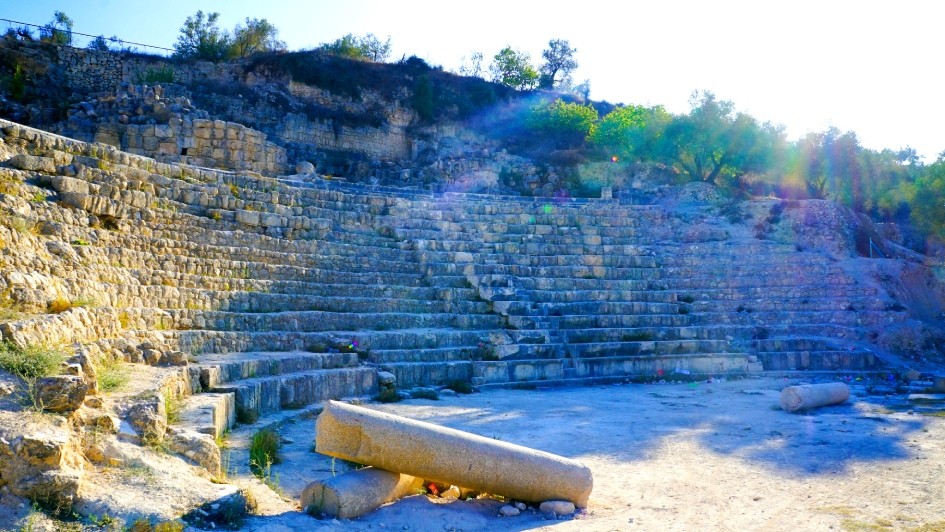
King Omri’s son, King Ahab, further developed the city, making it a political and cultural center. Samaria’s strategic location along major trade routes contributed to its growth and prosperity. It became known for its architectural achievements, including a grand palace constructed by King Ahab.
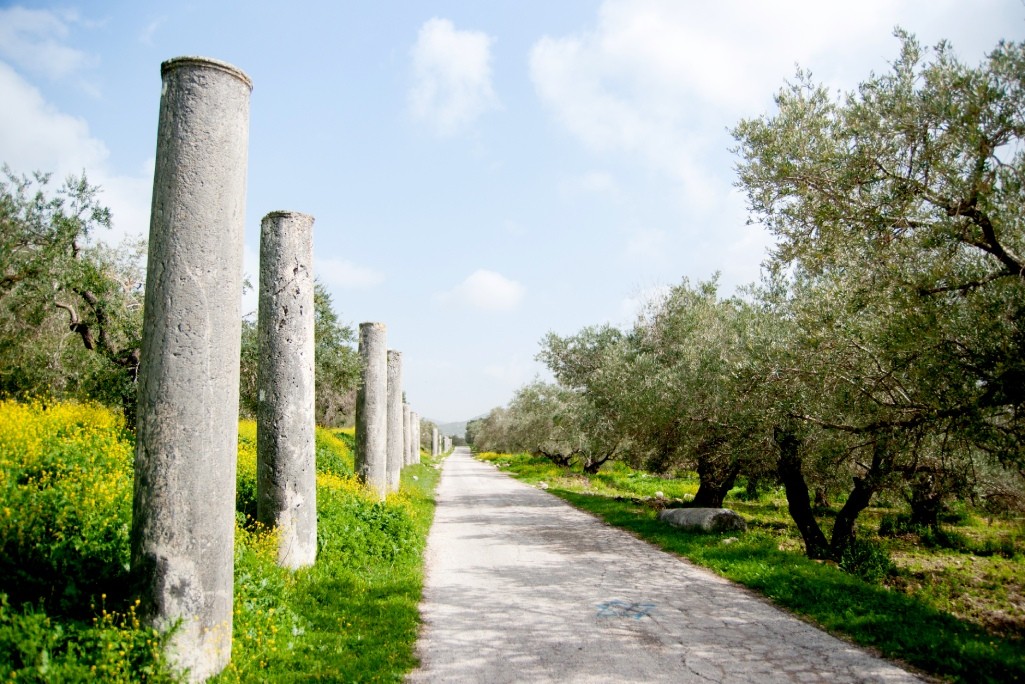
The city’s name, Samaria, eventually came to refer to the city itself and the entire northern kingdom. However, the Kingdom of Israel faced challenges and finally succumbed to the expansion of the Neo-Assyrian Empire. In 722 BCE, after a prolonged siege, the Assyrians captured Samaria under King Shalmaneser V. And later, by his successor, King Sargon II. As a result, this marked the fall of the Kingdom of Israel! Consequently, this led to the exile of many Israelites and other peoples’ resettlement of the region.
After the Assyrian conquest, Samaria continued to be inhabited, and the city’s history became intertwined with subsequent empires, including the Babylonians, Persians, Greeks, and Romans. During the Hellenistic period, rulers such as Alexander the Great and his successors expanded and renovated the city.
Samaria Ultimate Guide
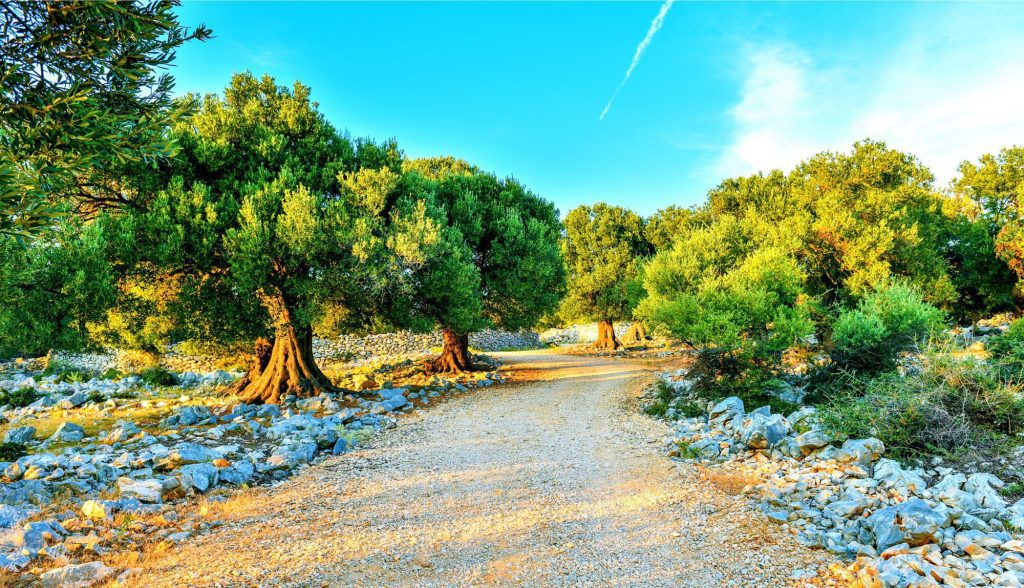
The City in the Roman Period
The region underwent further changes during the Roman period, and the city played a role in the events surrounding the Jewish Revolt against Roman rule. By the Byzantine era, Samaria had been transformed into a Christian city with churches and religious institutions.
Samaria Day Tour
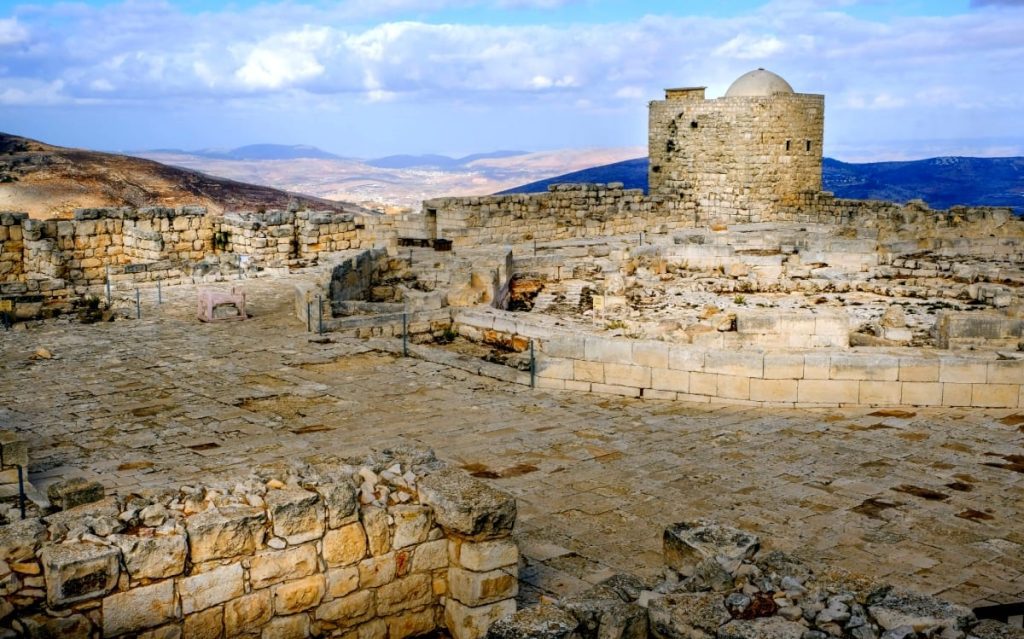
Samaria was a hub of cultural exchange, political power, and religious significance throughout its history. Its fortunes rose and fell with the changing tides of empires and civilizations. Today, the archaeological remains of ancient Samaria offer glimpses into its rich history and the legacies of those who built and inhabited the city over the centuries.
Jericho Ultimate Guide
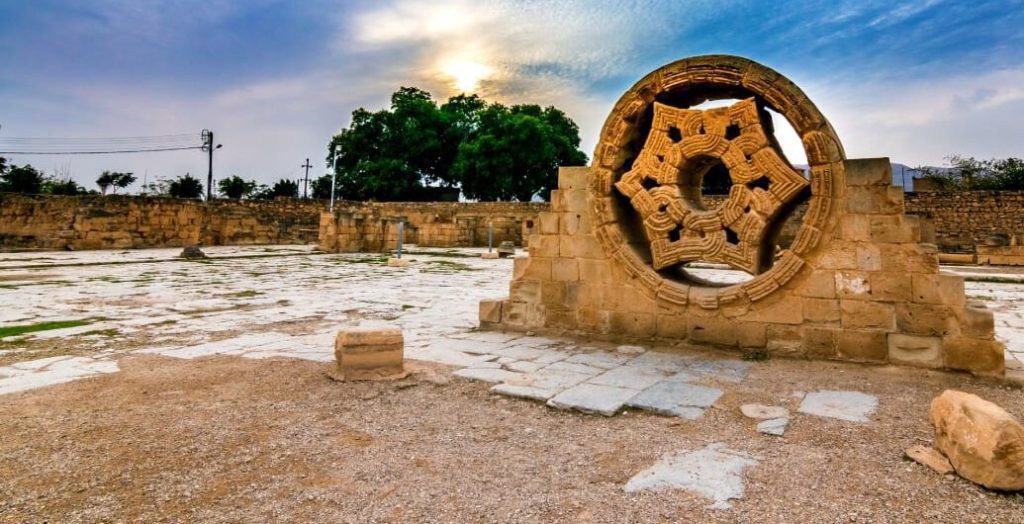
Visiting Samaria
So, visiting the ancient city of Sebast (Samaria) allows one to explore a fascinating array of archaeological ruins! These finds offer insights into the city’s rich history. While the exact remains may vary due to ongoing archaeological work and preservation efforts, here are some notable ruins you can potentially see today in ancient Sebast:
Very Best Wine Tour in Samaria
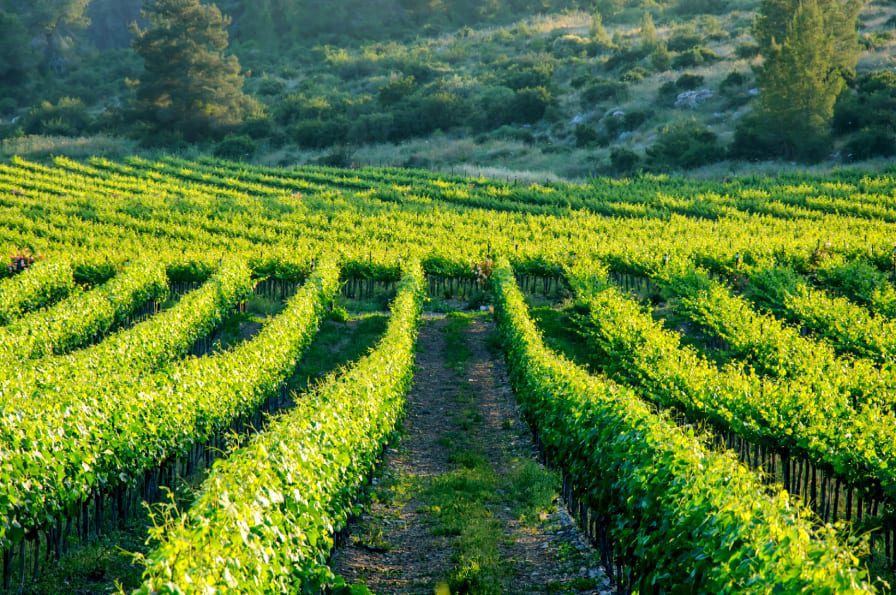
Roman Theater: One of the most iconic features of Sebast is its well-preserved Roman theater. The theater’s semicircular seating area and stage once hosted performances and events, showcasing the architectural and cultural sophistication of the city.
Forum: The central hub of ancient Sebast was a bustling public square surrounded by grand colonnades and administrative buildings. It was a place of commerce, social interaction, and civic life.
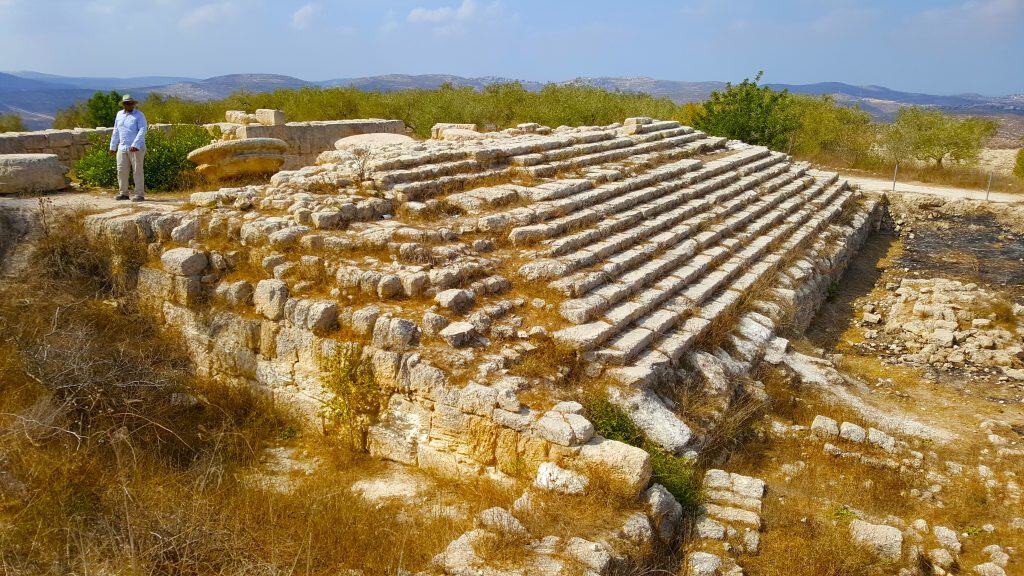
Credit: Ovedc, CC BY-SA 4.0, via Wikimedia Commons.
Archaeological Park: The entire site of ancient Sebast is an archaeological park! Offering visitors the chance to explore the remains of streets, buildings, and public spaces that once thrived here. The park provides a unique glimpse into the urban layout of the ancient city.
City Walls and Gates: The city’s fortifications, including gates and walls, reflect the defensive strategies of the time. Exploring these ruins gives insight into the city’s layout and defensive measures.
Palace Area: Ruins of palaces and royal residences highlight the grandeur of Sebast during its heyday. These areas offer glimpses into the architecture and lifestyle of the city’s elite.
The Byzantine Church: The remains of a Byzantine church are also visible while touring the site!
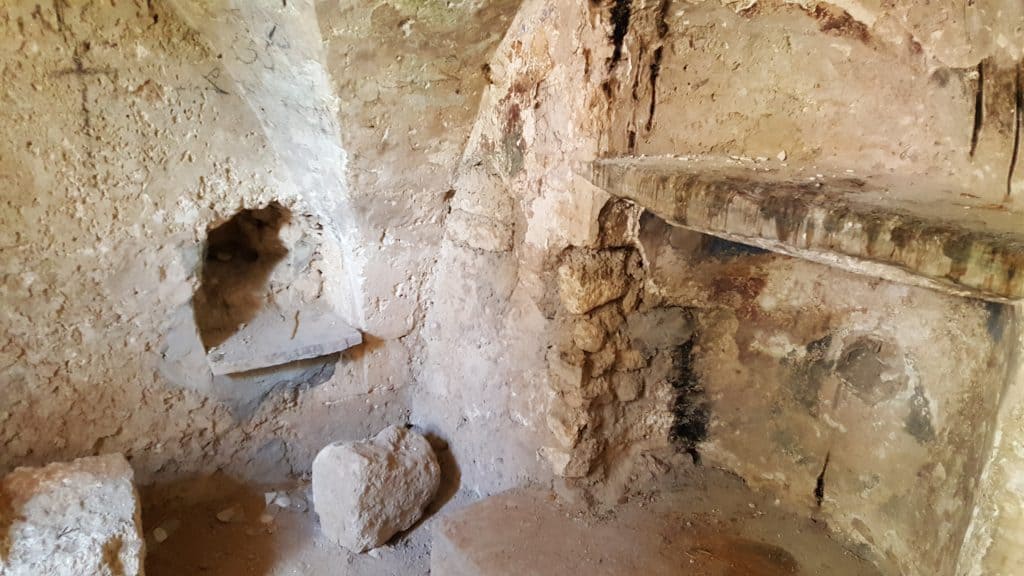
Credit: Ovedc, CC BY-SA 4.0, via Wikimedia Commons
More Archaeological Remains in Samaria
Residential Districts: Walking through the remnants of residential areas provides a sense of everyday life in ancient Sebast. Moreover, the layouts of homes and streets offer clues about how people lived and interacted.
Baths and Public Buildings: Ancient cities often featured communal spaces like baths, marketplaces, and administrative buildings. Exploring these ruins sheds light on the social, economic, and political aspects of Sebast.
Mosaics and Artifacts: You may encounter intricate mosaics as you explore the ruins! Even artifacts offer insights into the artistry and craftsmanship of the people who once inhabited the city.
Water Systems: Investigating the city’s water supply systems. For example, cisterns and aqueducts showcase the technological advancements of the time and how the city sustained itself.
Last, remember that archaeological sites are subject to ongoing research, preservation, and maintenance.







